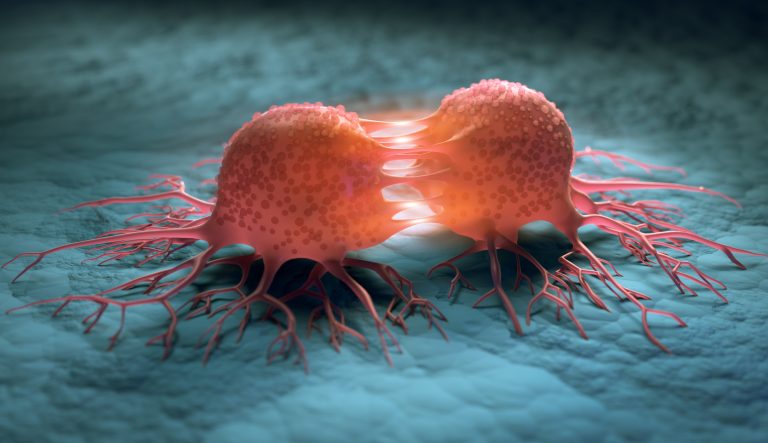
Metastatic cancer is more often a deadlier form of the disease than the original tumor itself and researchers continue to study the underlying mechanisms behind metastasis to better understand disease progression. Now, using a mouse model of pancreatic cancer, researchers from the University of Pennsylvania Perelman School of Medicine report they have developed a new method to help trace the lineage and gene expression patterns of individual cancer cells.
“By building a precision tool for probing cancer metastasis in vivo, we’re able to observe previously inaccessible types of information,” explained Kamen Simeonov, an M.D.-Ph.D. student at the University of Pennsylvania Perelman School of Medicine. “We were able to use this lineage tracing approach to rank cells based on how metastatic they were and then relate these differences in behavior to gene expression changes.”
Their findings are published in the journal Cancer Cell in a paper titled, “Single-cell lineage tracing of metastatic cancer reveals selection of hybrid EMT states,” and led by Simeonov, and Christopher Lengner, professor, School of Veterinary Medicine.
“The underpinnings of cancer metastasis remain poorly understood, in part due to a lack of tools for probing their emergence at high resolution,” wrote the researchers. “Here we present macsGESTALT, an inducible CRISPR-Cas9-based lineage recorder with highly efficient single-cell capture of both transcriptional and phylogenetic information.”
Applying macsGESTALT to a mouse model of metastatic pancreatic cancer, allowed the researchers to “recover ∼380,000 CRISPR target sites and reconstruct dissemination of ∼28,000 single cells across multiple metastatic sites.”
Their findings suggest that genetic mutations are not the only drivers of cancer spread; single-cell RNA profiling results underscore that gene expression patterns play a key role in disease outcomes.
The researchers first used evolving barcoding, also referred to as CRISPR lineage tracing, which enables reconstruction of cell family trees to better understand the biological changes that accompany metastasis. The researchers combined this tracing with single-cell RNA sequencing to get a detailed look of the genes being turned on in each cell.
The researchers then used their new method employing CRISPR/Cas9 to mutagenize synthetically introduced DNA sequences. The engineered cancer cells were then injected into a mouse and allowed to metastasize. The researchers were able to see which genes each cell was turning on as the cancer spread from the pancreas to other organs and tissues.
“So for all of these cells, we know where they were located in the body, we have a metric for how well they metastasized, and then we also have their transcriptomes,” or catalog of RNA molecules, Simeonov said.
To their surprise, despite using an aggressive cancer cell line that should be readily able to metastasize, the researchers found that one clone dominated metastastic sites. “We were expecting more equitability between clones,” Simeonov said.
“The expression of this gene family appeared to propagate across distinct populations and enhance the ability to metastasize in a process potentially complementary to EMT,” added Simeonov.
The researchers are looking to continue their research in metastasis, and will explore new strategies for applying their lineage-tracing tool. “We hope that our approach enables previously inaccessible questions to be explored and answered,” Simeonov concluded.











